Latest
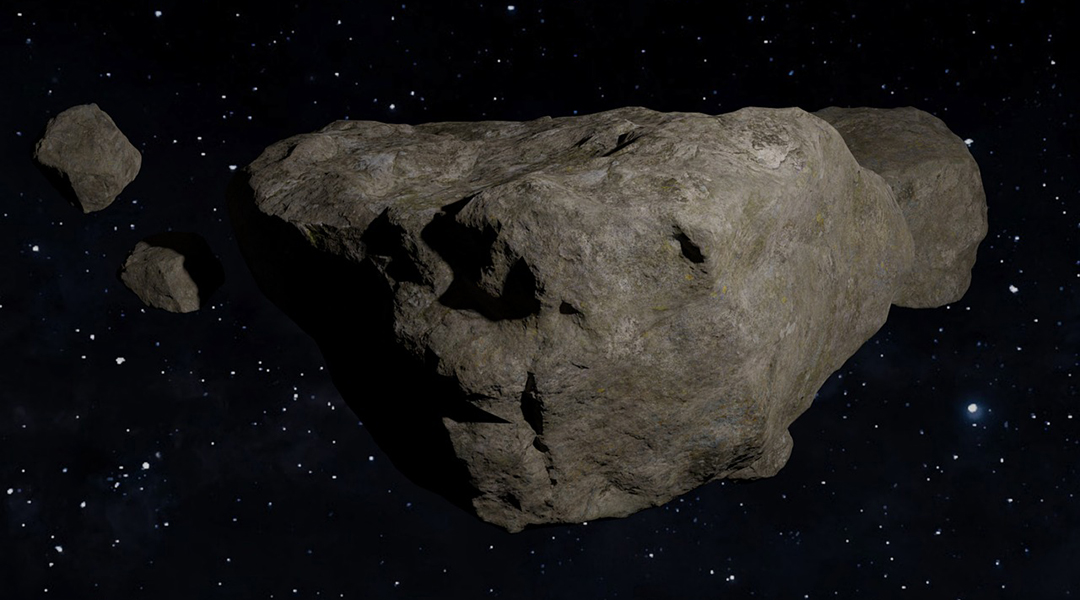
James Webb Telescope uncovers possible water on Psyche’s surface
Data gathered about the M-class asteroid challenges earlier assumptions that it is unaltered planetary core.
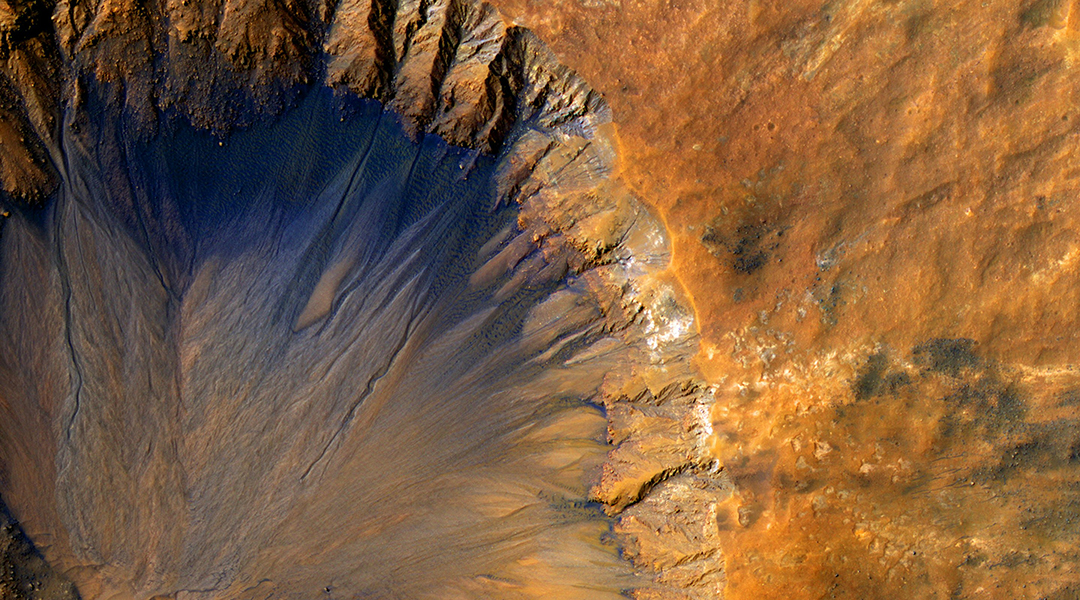
Warming Mars’ atmosphere with nanoparticles
Engineering mineral rich dust and releasing it as an aerosol could warm the planet and kickstart the thickening of the atmosphere.
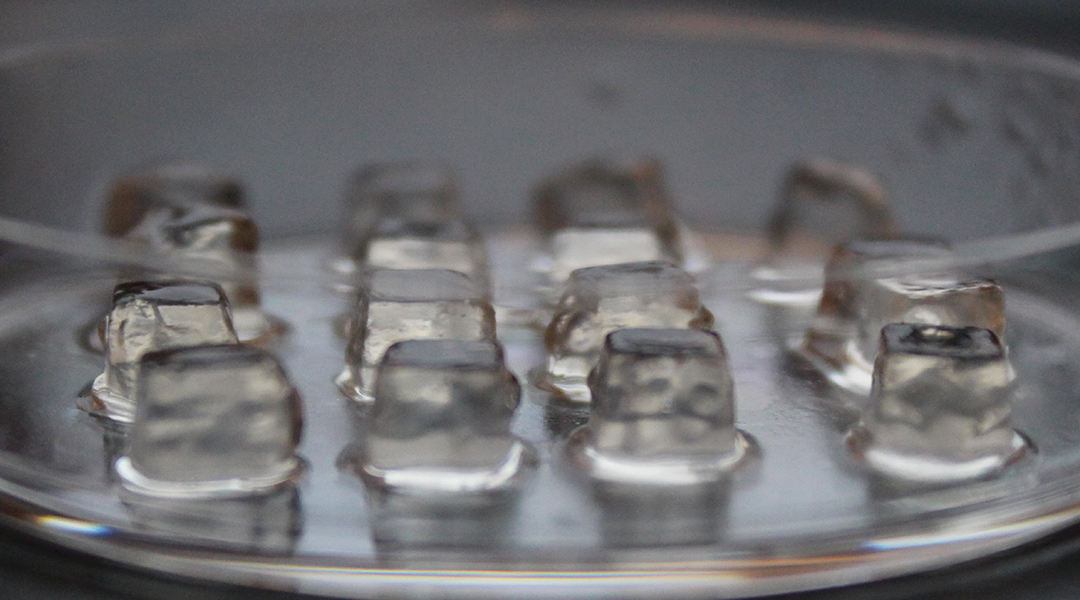
Better organoids mean better brain models
Mimicking one of the body’s most complex organs isn’t easy, but researchers are making progress.
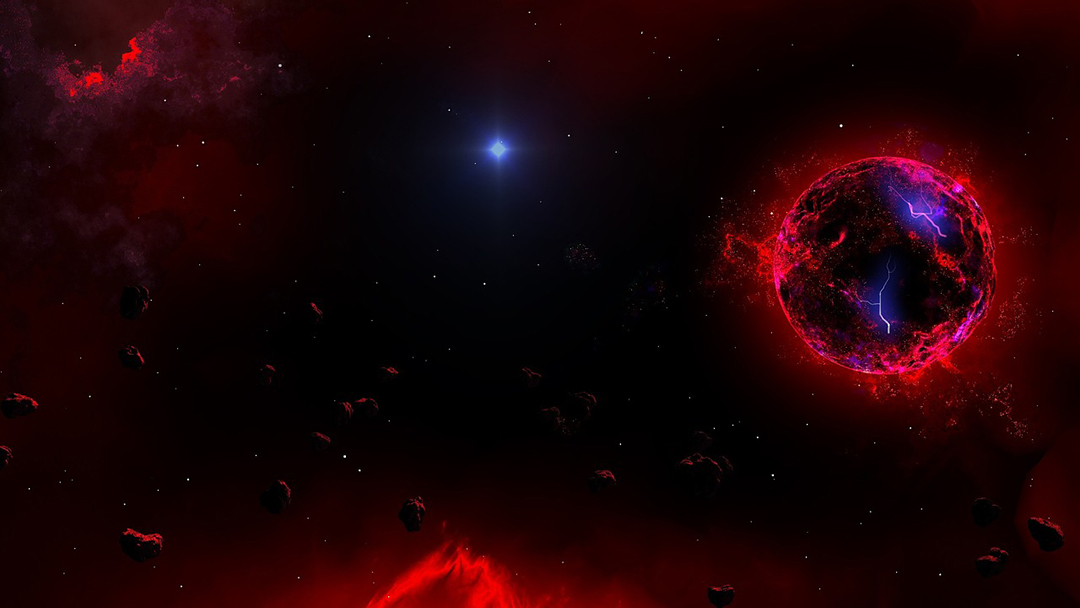
Neutron stars could be the gateway to dark matter
Could neutron stars hold the key to observing dark matter? Researchers believe studying them might one day reveal this elusive substance.
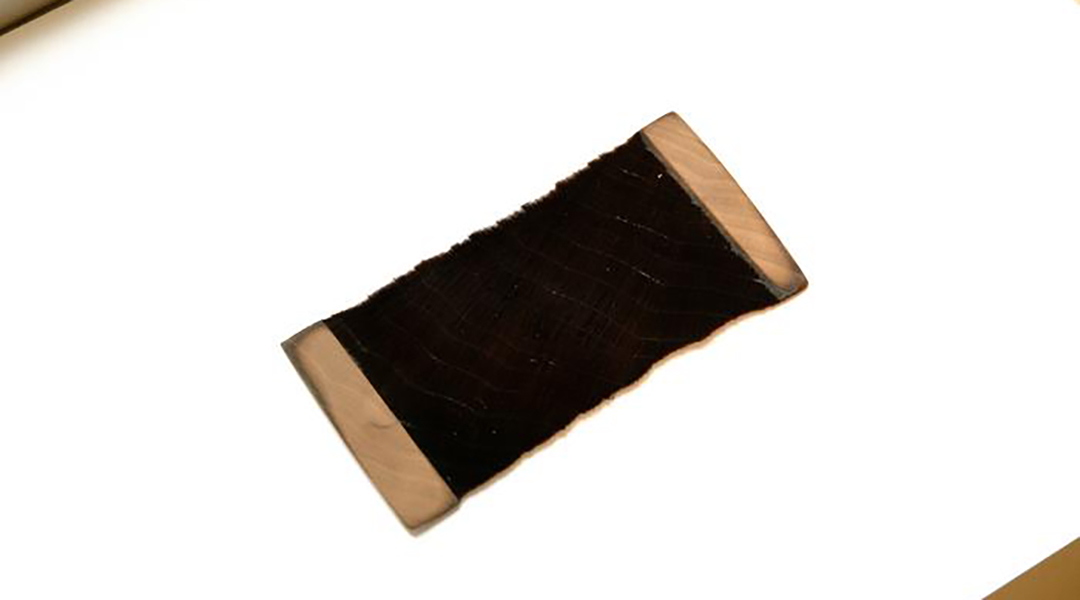
Super-black material created from etched wood
This material absorbs more than 99% of the light that strikes it, making it useful in applications ranging from solar energy to astronomy.
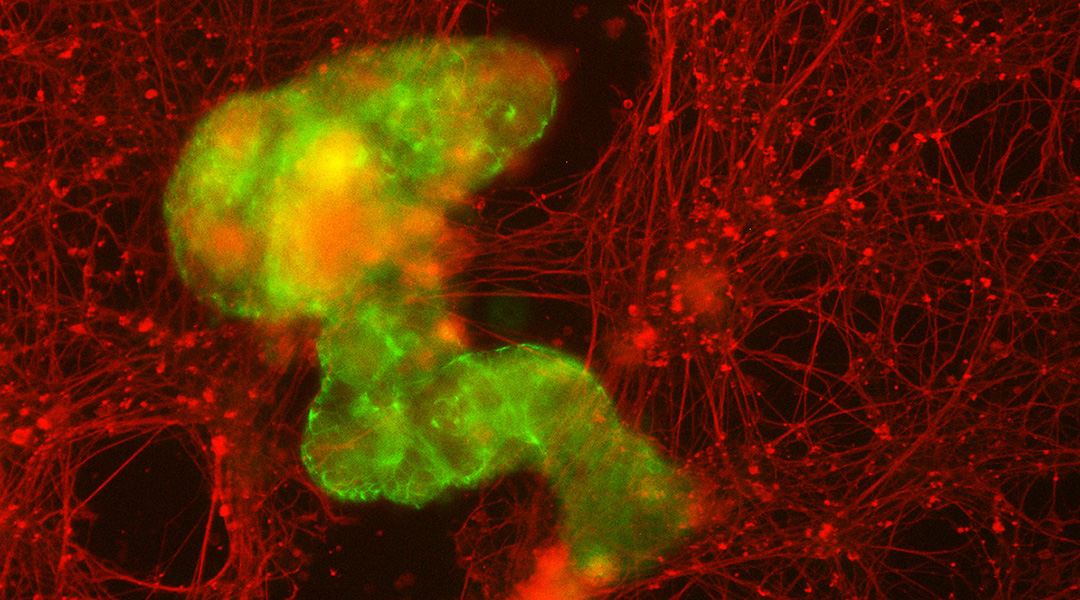
Living biobots come together to repair torn tissue
Microscopic robots made out of a patient’s own cells may be able to work inside the body to repair damage, scope out signs of disease, or fight off infections.

Nuances of intermittent fasting and its effect on healthy lifespan
A neuroscientist and intermittent fasting expert weighs in on the potential health benefits of this diet that may go beyond just weight loss.
ASN Weekly
Sign up for our weekly newsletter and receive the latest science news directly to your inbox.

Are stem cells just hype?
While stem cell therapies have been touted as “miracle cures”, data indicates that there are still hurdles keeping them out of the clinic.
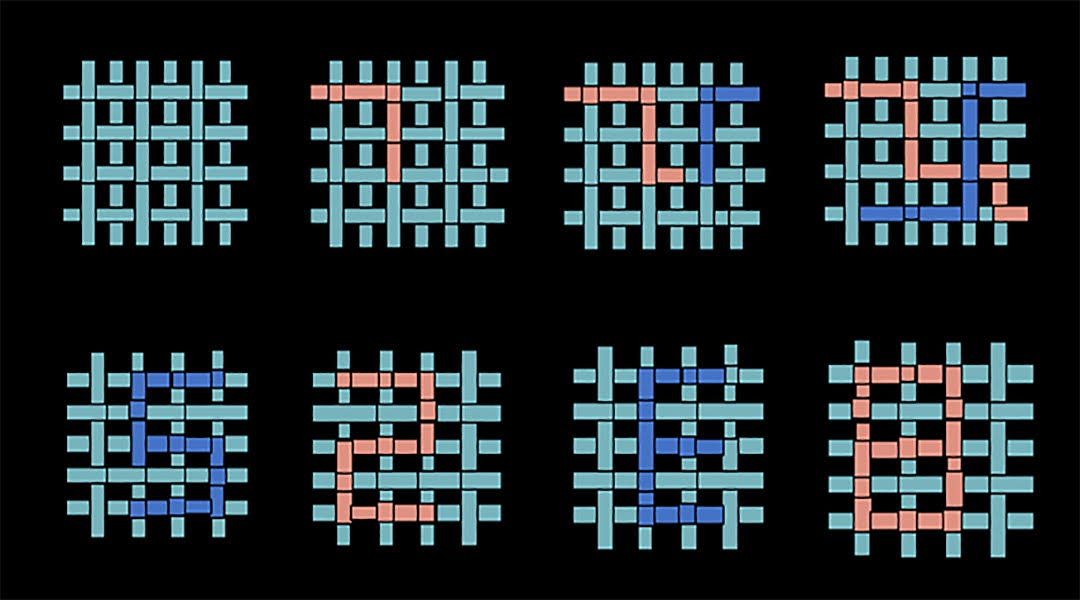
Making wound dressings from spider silk
Artificial spider silk could be a smart and responsive alternative to traditional wound dressings, helping patients and medical staff to monitor recovery in real time.

Shining a light on more efficient nasal vaccines
Nanoparticulate formula together with light augmentation could realize the potential for intranasal vaccines to protect against respiratory viruses.
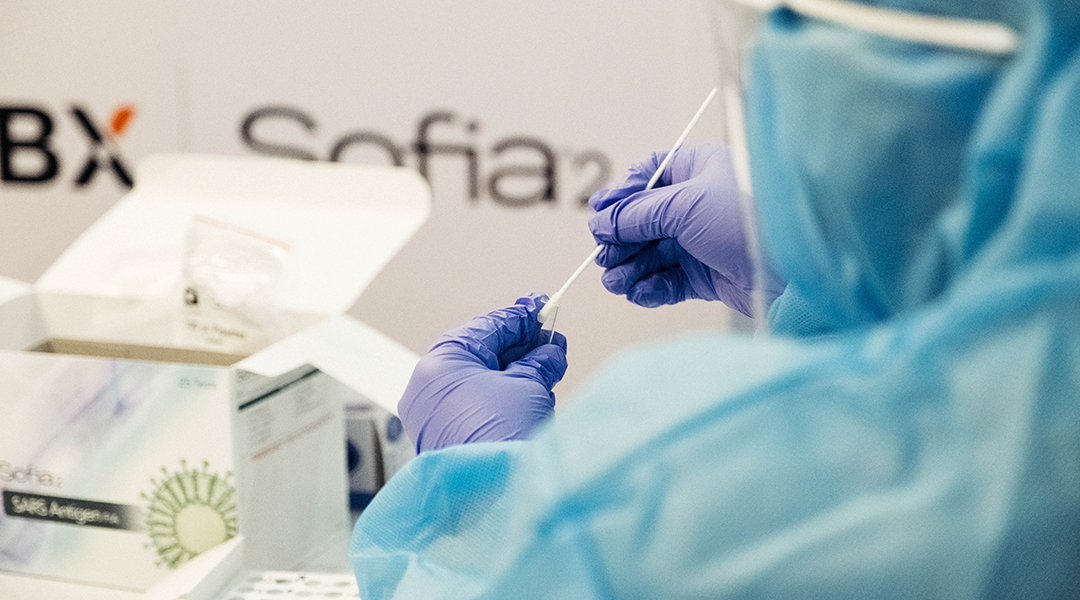
New Pfizer and Merck antivirals look hopeful
With SARS-CoV-2 continuing to circulate, new oral antivirals promise to be game changers in helping to end the pandemic.
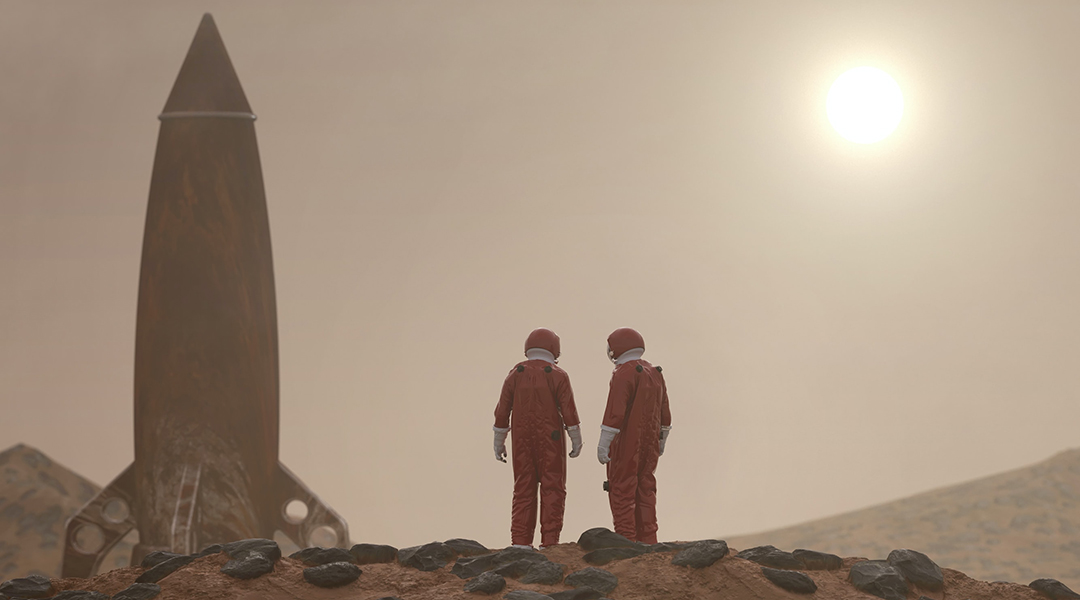
Fuel for thought — The future of Martian colonization
A biorefinery built on the Red Planet could help produce rocket fuel required for a return journey, but some snags need to be worked through first.
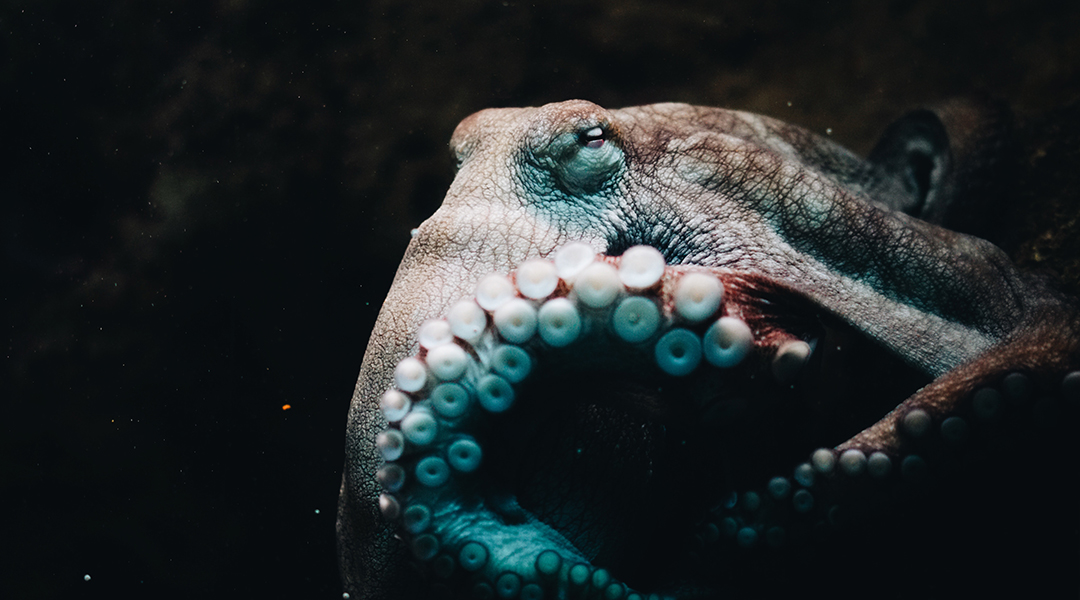
Mapping the octopus brain
Understanding how a completely different neural structure achieves the same function as the human brain opens up possibilities for designing new types of AI systems.
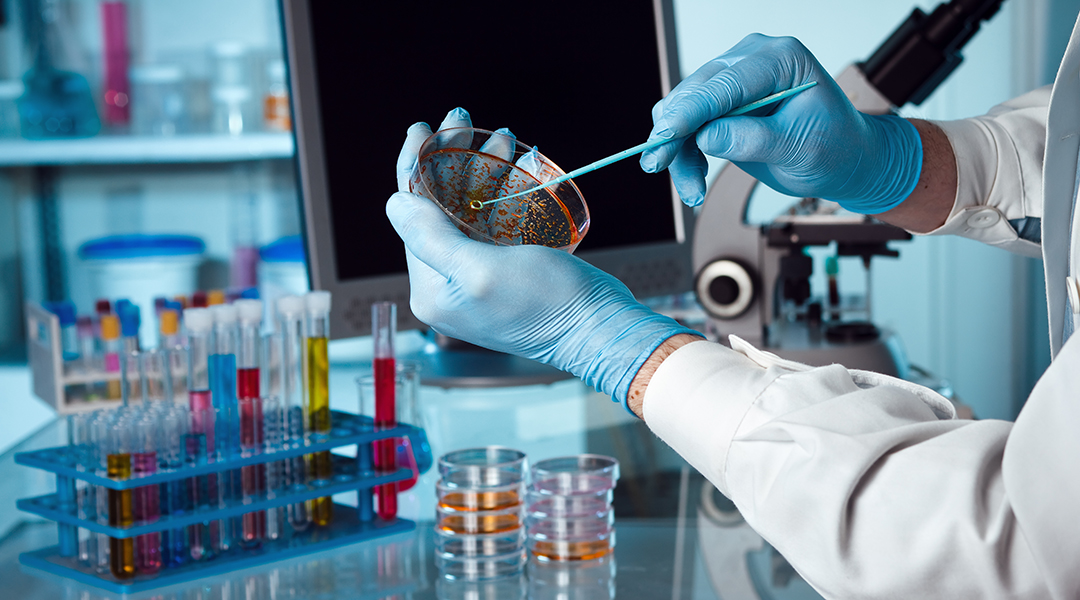
Leveraging our gut bacteria to treat depression
An extensive database will help scientists better understand the link between our gut microbiota and depression to inform new, tailored therapies.
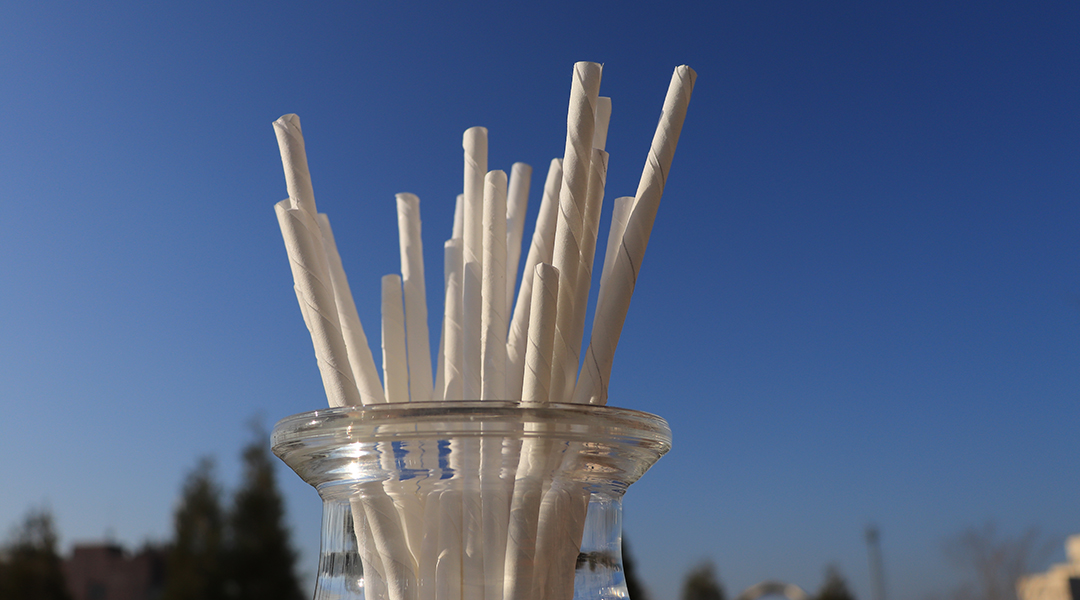
Finally, an anti-fizzing paper straw that doesn’t get soggy
Soggy, limp paper straws have for too long been the only option to minimize plastic waste, but a new, improved design will remedy this.

Lab-grown blood used in transfusions for the first time
Red blood cells grown in a laboratory have now been transfused into another person in a world first clinical trial.
No Results Found
The page you requested could not be found. Try refining your search, or use the navigation above to locate the post.
No Results Found
The page you requested could not be found. Try refining your search, or use the navigation above to locate the post.
No Results Found
The page you requested could not be found. Try refining your search, or use the navigation above to locate the post.
No Results Found
The page you requested could not be found. Try refining your search, or use the navigation above to locate the post.
No Results Found
The page you requested could not be found. Try refining your search, or use the navigation above to locate the post.

Bio-inspired device mimics natural hearing to outshine cochlear implants
Mimicking a part of the inner ear, a specialized hearing device converts vibrations into nerve signals without needing a battery.
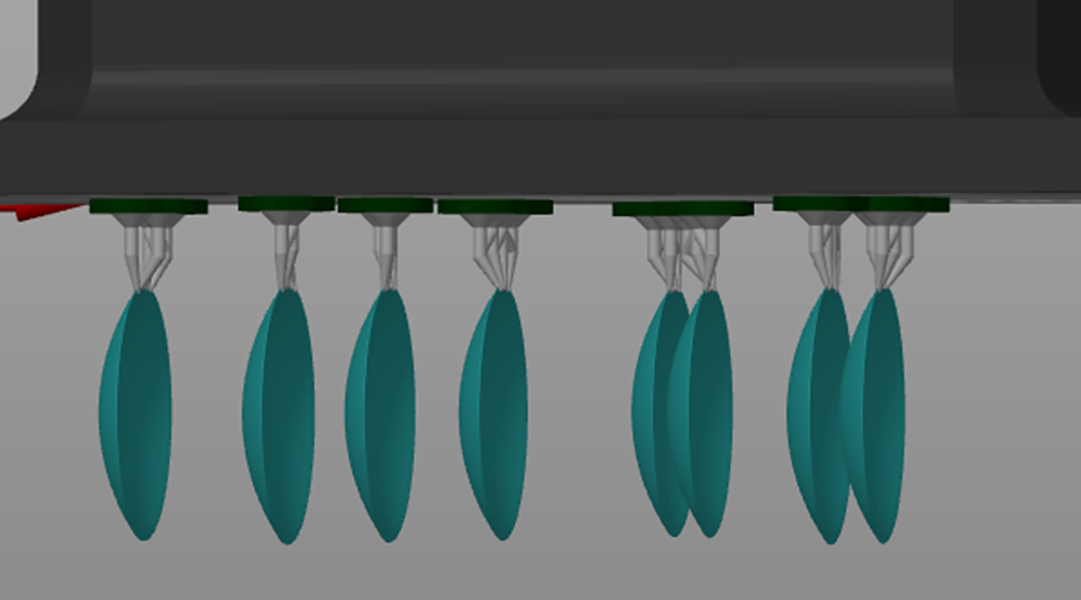
Low-cost contact lenses to tackle color blindness
Scientists used 3D printing and an inexpensive ink to make colored contact lenses that could improve color distinction in color-blind people.
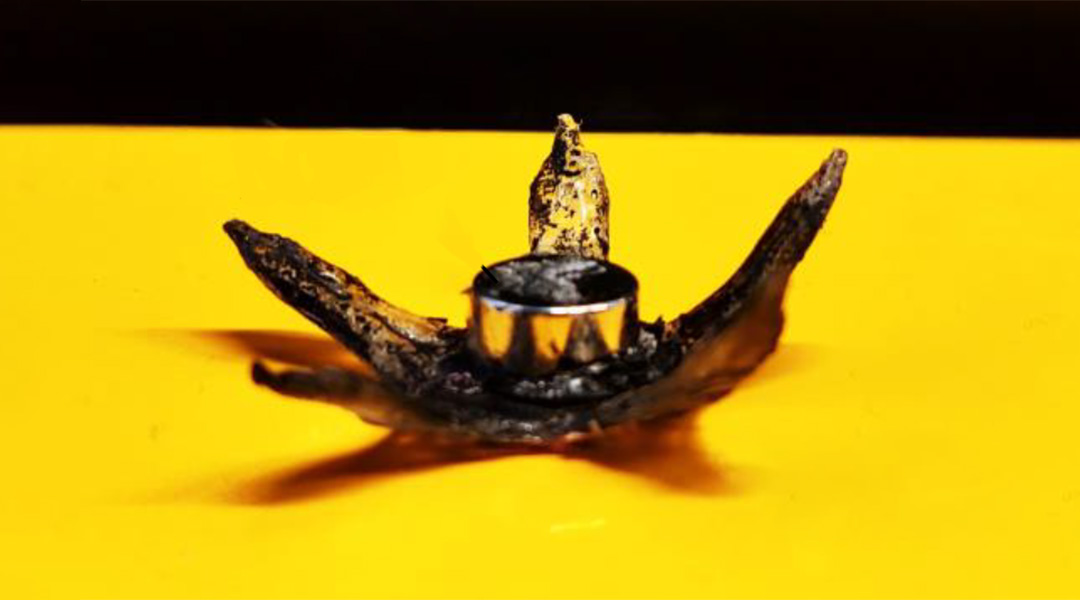
Soft robot transports and delivers drugs inside the gut
A shape-shifting robot can access hard-to-reach locations in the GI tract, and is a step up from conventional endoscopic techniques.
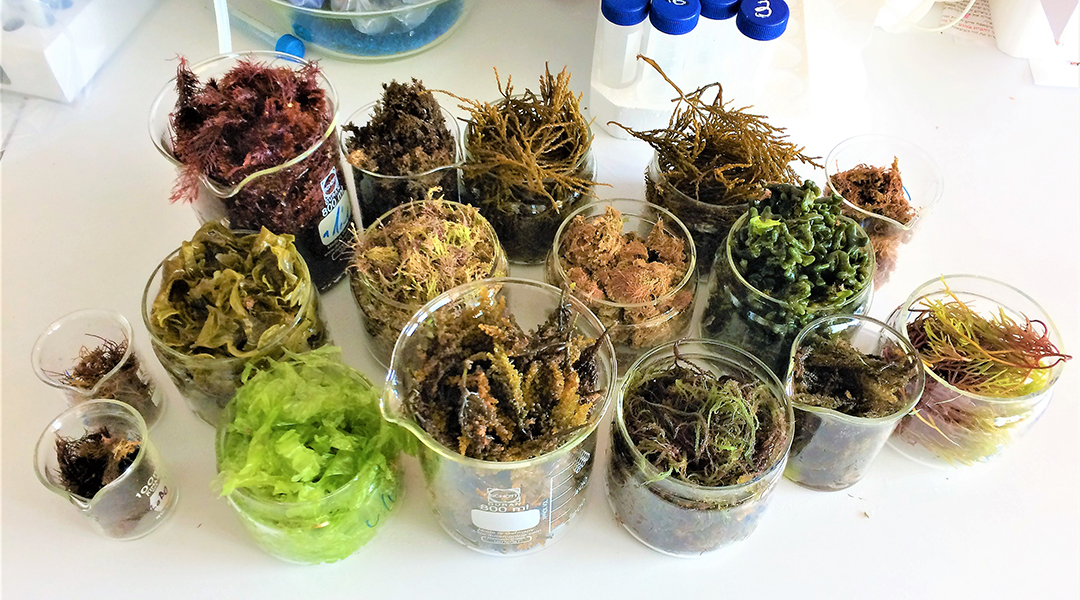
Super seaweed from sustainable aquaculture
A new cultivation method enhances the concentration of valuable compounds in seaweeds with substantial environmental benefits.
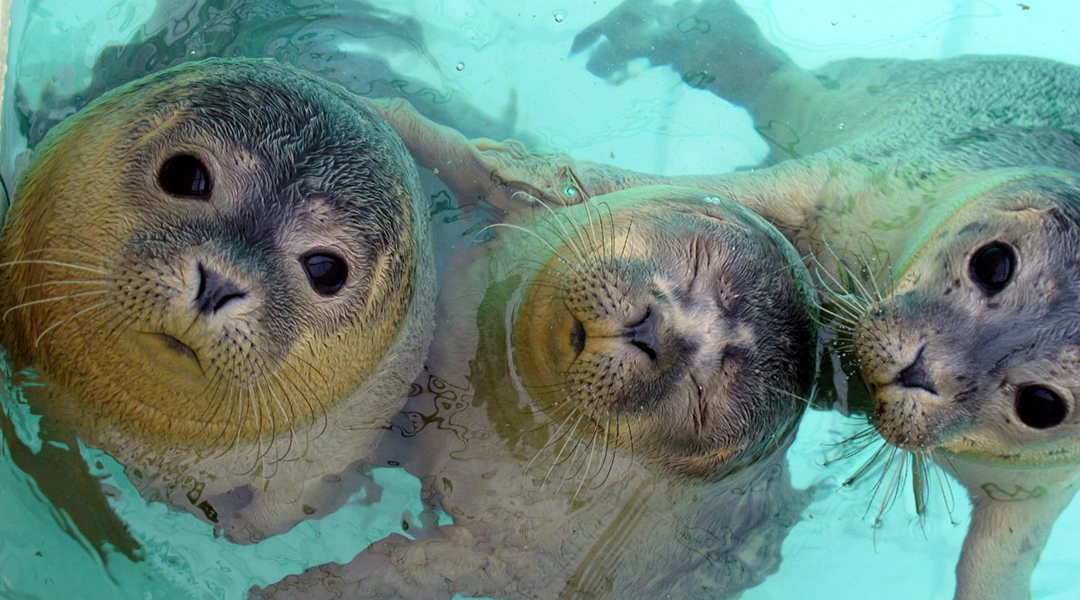
How “wavy” whiskers help seals detect faraway prey
Recreating the bead-like structure of seal whiskers grants scientists insight into new underwater technologies.
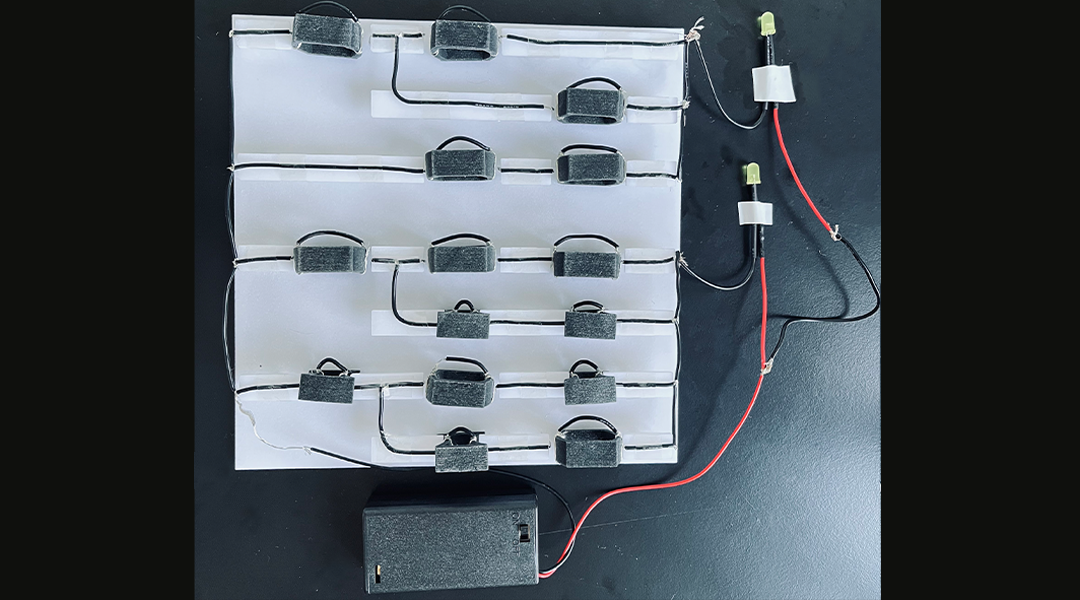
Reviving mechanical computers for use in extreme environments
Putting a modern spin on old tech, scientists create a mechanical computer from metamaterials for situations where electronic computers break down.
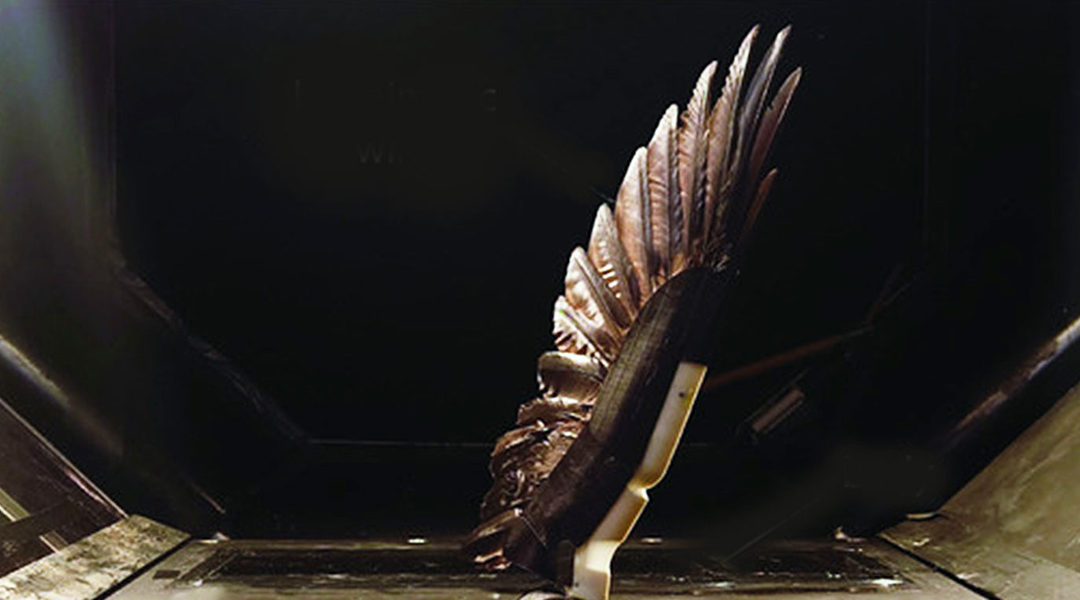
Robotic wing reveals secrets of bird flight
A newly built biohybrid wing could lead to new drone designs, and reveals that wing folding is key to efficient flight.
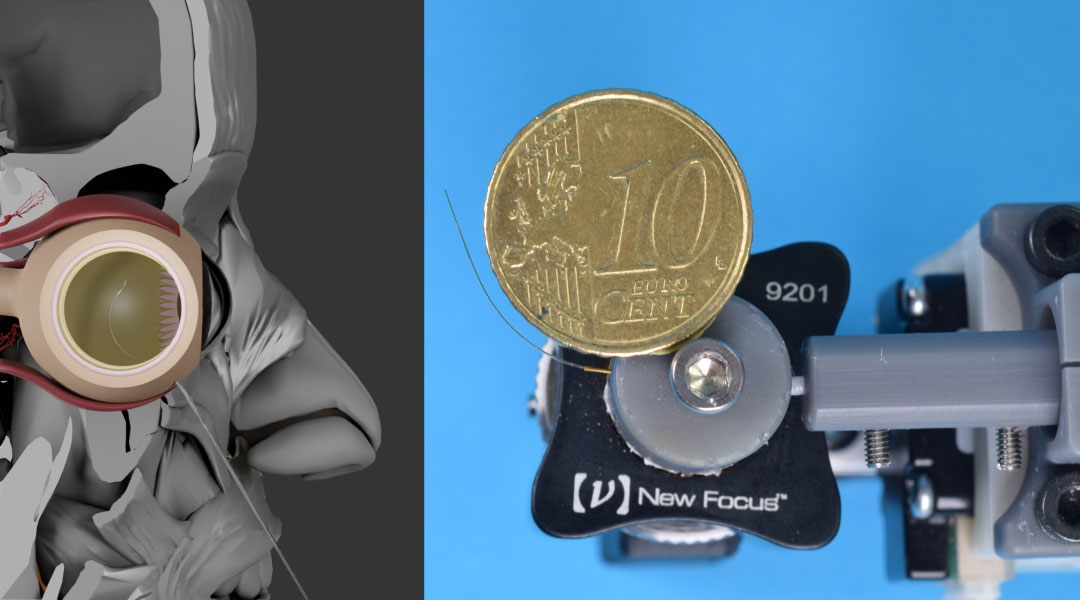
Caturo: The smallest concentric tube robot ever made
Scientists have high hopes for a tiny glass tube robot in improving the capabilities and safety of robots used in non-invasive microsurgeries.

Inspiring climate action by linking social and environmental change
We will not solve the climate crisis and inspire action without generating a shared emotional response to our changing world.
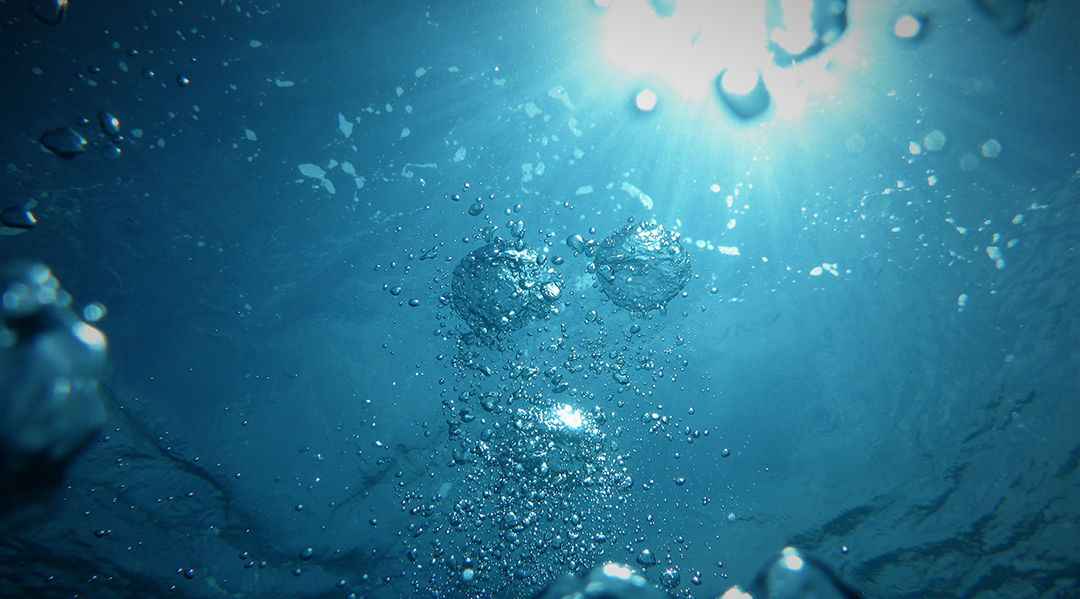
Where did all of Earth’s water come from?
A new study identifies that magnesium hydrosilicate, a compound present during the Earth’s formation, may be responsible for our planet’s abundant water.

Taking the next step to renewable energy products
Shifting away from fossil fuels to renewable energy products will not only help address harmful emissions, but unwanted chemical exposure.
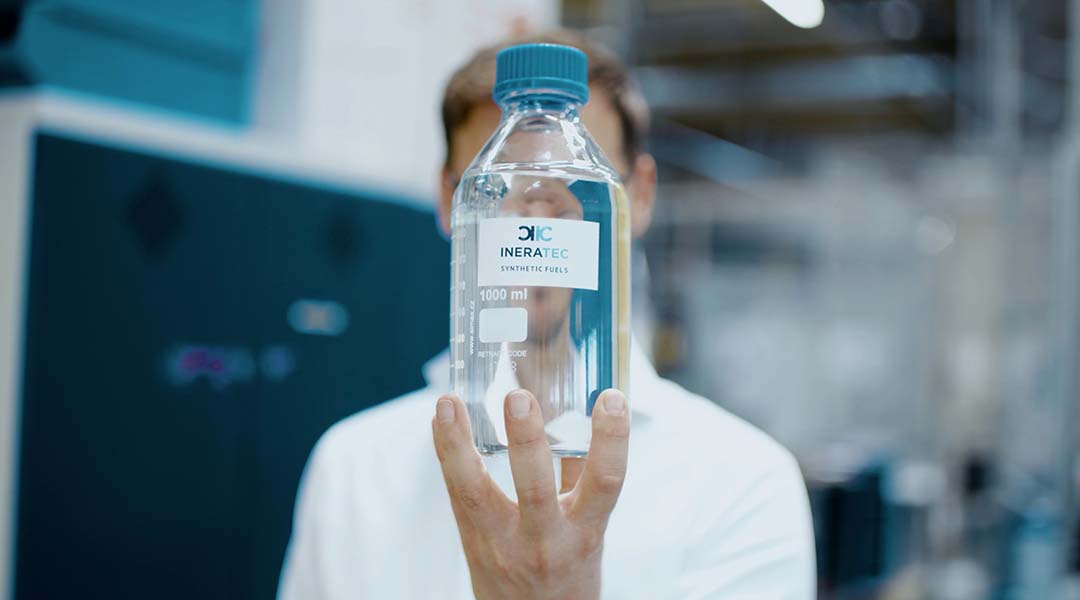
Creating millions of liters of aviation fuel from captured CO2
A German start-up has developed a method to convert captured carbon and hydrogen into a range of sustainable fuels.
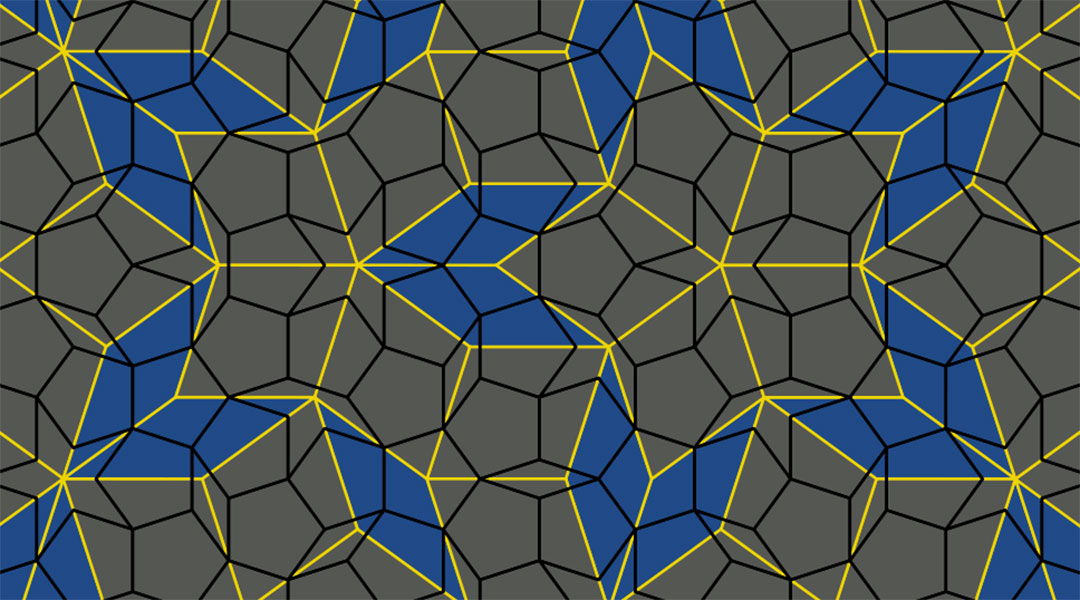
Quantum bits that exist in two time dimensions
Extra time dimensions provide scientists with a new way to think about phases of matter for more stable qubits and robust quantum computers.
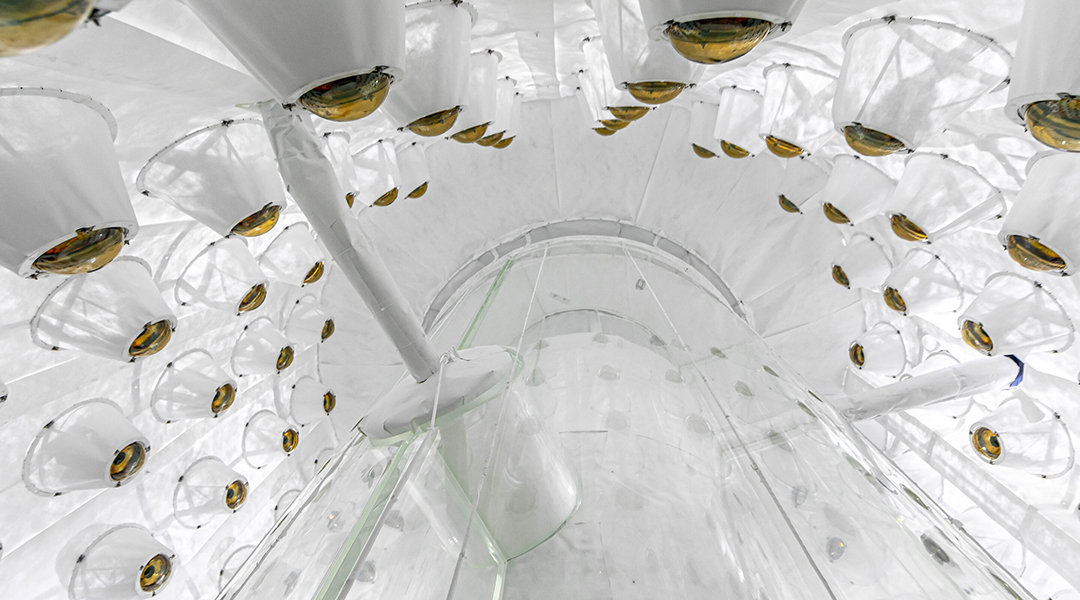
World’s most advanced detector ready to shed light on dark matter
The LUX-ZEPLIN detector is now operational and ready to capture weakly interacting particles believed to be the constituents of dark matter.

From wood chuck holes to worm holes — A look into the notebooks of John Wheeler
Glimpse into the notebooks of physicist John Wheeler, which capture his eclectic, crazy, and yet never one-dimensional ideas.

First images from James Webb Space Telescope published by NASA
NASA has published the first five images from the James Webb Space Telescope, highlighting each of the key questions it will study.



